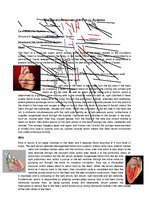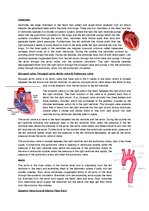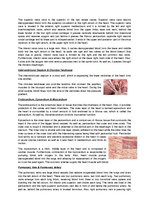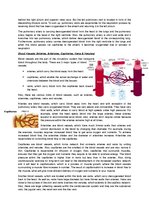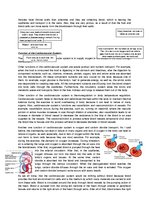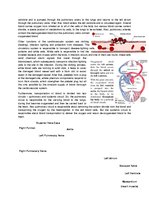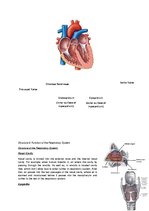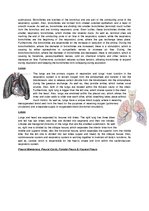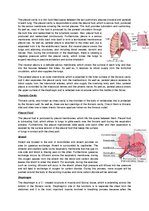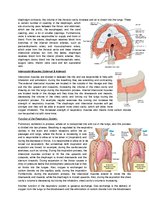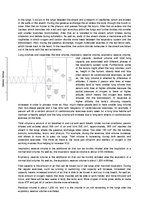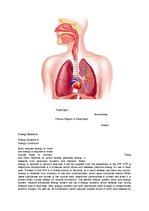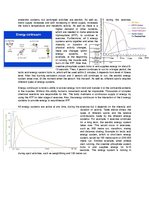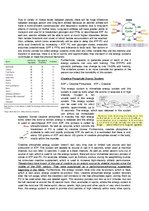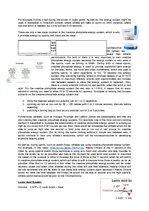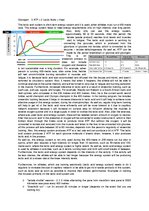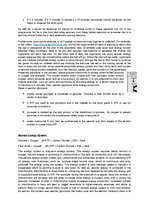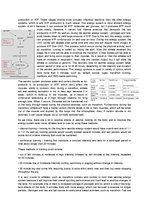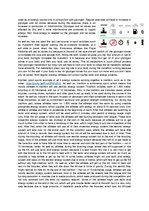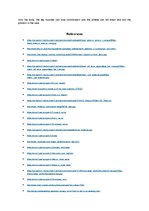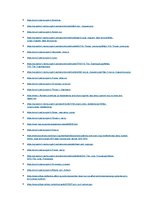Thoracic Cavity
Thoracic cavity, also known as chest cavity is the chamber of the body of vertebrates that is protected by the thoracic wall. As well as, there are two openings of the thoracic cavity. One of them is thoracic inlet and other one is lower inferior thoracic aperture known as the thoracic outlet.
Pleural Fluid
The pleural fluid is produced by pleural membranes, which fills the space between them. Pleural fluid is lubricating fluid, which allows to lungs to glide easily over the thoracic wall during the respiration process. Furthermore, the pleural membranes slide easily over each other and their separation is resisted by the surface tension of the pleural fluid that keeps the surface of lungs in contact with the chest wall.
Alveoli
Alveoli are located in the end of bronchioles and alveoli provides an area for gaseous exchange. Alveoli is surrounded by capillaries. The alveolar and capillary walls forms respiratory membrane that has gas on one side and blood is flowing past on the other. Furthermore, gaseous exchange occurs by diffusion across the respiratory membrane, during this oxygen passes from the alveoli into the blood and carbon dioxide leaves the blood to enter the alveoli. For example, during the exercise, such as running, diffusion will occur in the alveoli, where high pressure will diffuse into low pressure and will lead to exchange of oxygen for carbon dioxide. During this process, more oxygen will be pushed around the body to the working muscles and more carbon dioxide will be removed.
…
